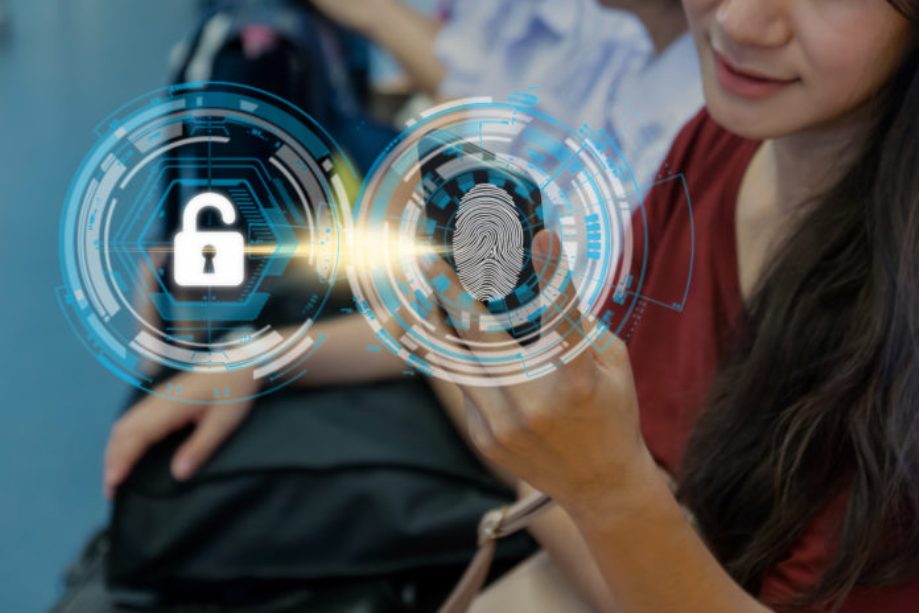As traditional methods of identity verification become increasingly vulnerable, biometric authentication has emerged as a more secure alternative. Utilizing unique physical traits such as fingerprints, facial features, and voice patterns, biometric systems offer a sophisticated approach to identity management, significantly enhancing security.
What is Biometric Authentication?
Biometric authentication systems rely on the unique physical characteristics of individuals to verify their identity. These traits include fingerprints, facial recognition, and voice patterns. Unlike traditional methods such as passwords or PINs, which can be easily compromised, biometrics offer a higher level of security by leveraging attributes that are inherently unique to each person.
Key Technologies: Facial Recognition and 3D Liveness Detection
Facial recognition technology has gained prominence, particularly with the integration of Face ID in smartphones like the latest iPhones. This technology allows users to unlock devices and access apps without the need for a password. Facial recognition provides a significant security advantage as each individual’s face is unique, making unauthorized access more difficult.
However, facial recognition is not without its challenges. Hackers have attempted to deceive these systems using photos or videos of individuals. To counteract this, 3D liveness detection has been developed. This technology ensures that the person attempting to log in is physically present by detecting real-time movements such as blinking, smiling, or nodding. This added layer of verification prevents unauthorized access and is particularly valuable for enterprises seeking to authenticate users accurately.
Addressing Challenges of Traditional Identity Management Systems
Traditional identity and access management (IAM) systems, which often rely on passwords, security questions, and ID cards, are becoming inadequate in the face of evolving cybersecurity threats. Hackers have grown more sophisticated, making it essential to adopt more secure methods of verification.
Biometric systems offer several advantages over traditional IAM approaches:
Improving Multi-Factor Authentication (MFA): Incorporating biometric verification into MFA systems provides enhanced security. For instance, online platforms that combine biometric data with traditional methods like passwords and text message codes offer stronger protection against fraud and identity theft.
Eliminating Password Vulnerabilities: Passwords remain a weak link in online security due to their susceptibility to guesswork and hacking. Biometric authentication eliminates the need for passwords by allowing users to access their accounts through fingerprint or facial recognition, thus reducing the risk of breaches and simplifying the login process.
Enhancing Physical ID Card Systems: Traditional physical ID cards can be lost or stolen, compromising security. By integrating biometric data with ID cards, organizations can ensure that only authorized individuals can access sensitive areas or information, adding an extra layer of protection.
Augmenting Contactless Smart Card Systems: Contactless smart cards, widely used in transportation and healthcare, are susceptible to theft and duplication. Combining these cards with biometric authentication, such as fingerprint or facial scans, enhances security and prevents unauthorized access.
Biometric authentication systems are rapidly evolving and becoming integral to modern security protocols. As traditional methods fall short, biometrics offer a reliable, secure, and user-friendly solution to identity verification challenges.

